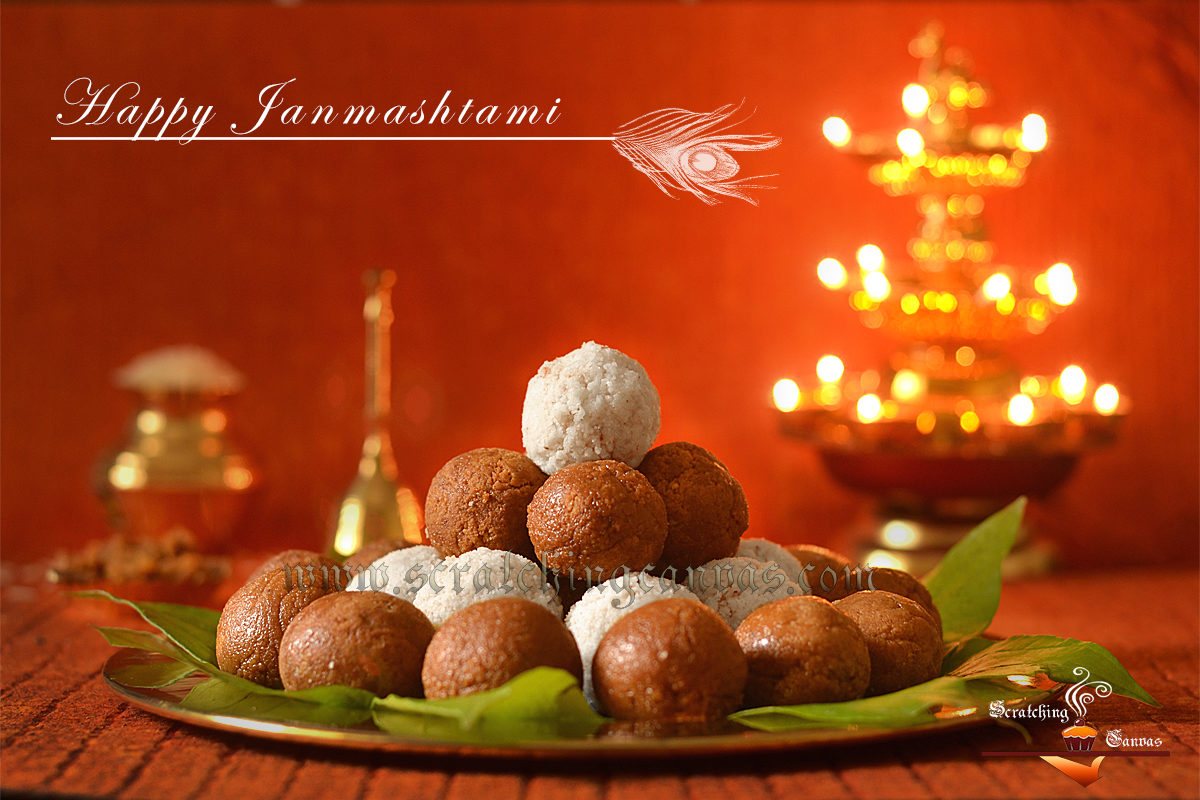
Narkel Naru or Narikol Laru is not just a traditional Bengali dessert; it is sheer beauty, a mouthful of nostalgia. There is none from our time (it may sound like I am 87 years old but the truth is only handful of current generation have actually tasted homemade Narkel Naru) who hadn’t tasted and cherished this little sweet coconut balls in their childhood. Or if you were a greedy kid like me you must have sneaked into your granny’s room to steal couple of Narkel Naru while no one was watching. And I admit those Narus tasted always better than those which I used to get in front of others.
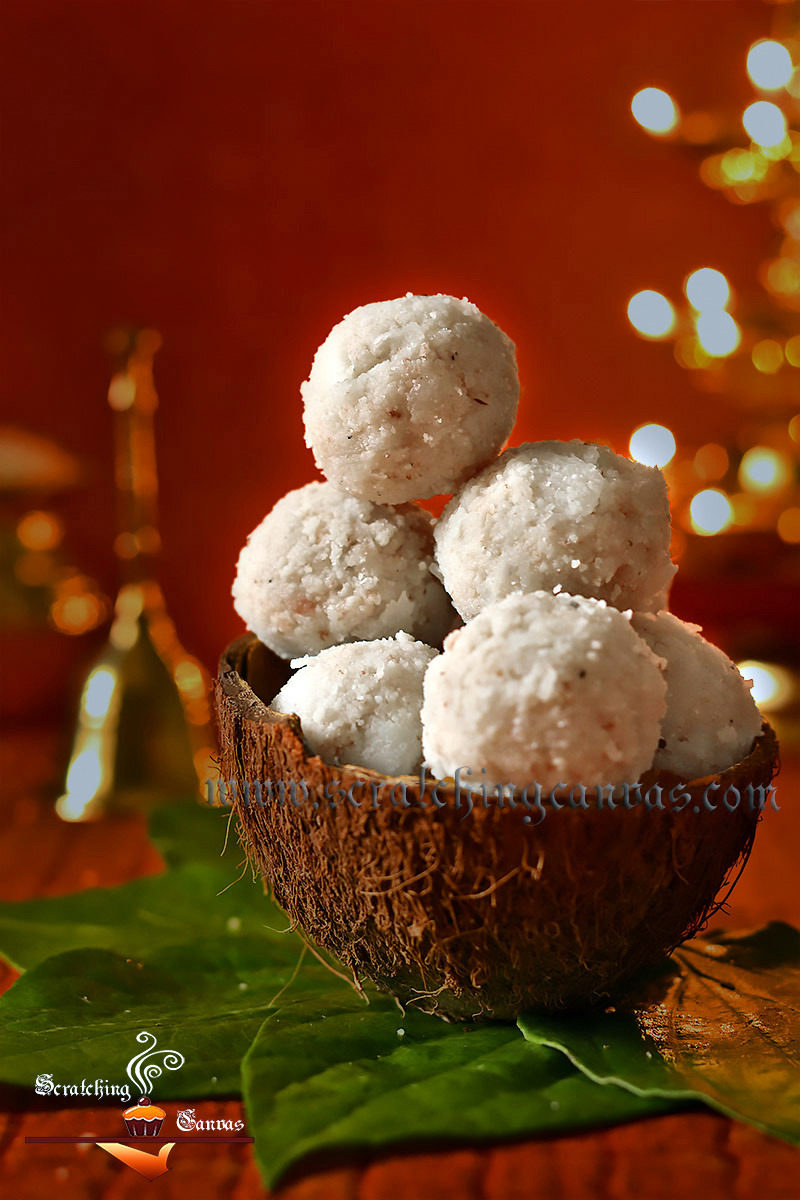
Traditionally in Bengali households Narkel Naru is made before or during Durga Puja as it is served to guests with various sweets on occasion of Bijoya. And then right after Bijaya another fresh batch is made for Lakshmi Puja which is stored and served till Diwali. I remember it was a ritual in my family to gather at grand parent’s house on Ashtami morning and then on the evening of Bijoya. Guess what was my sole purpose of visit? Neither had I ever cared for any rituals nor it was my love for others. It was only to gobble down some Kucho Nimki with Narkel Naru from my granny’s kitchen. And I never missed to fill my pockets as much possible with these on my way back home.
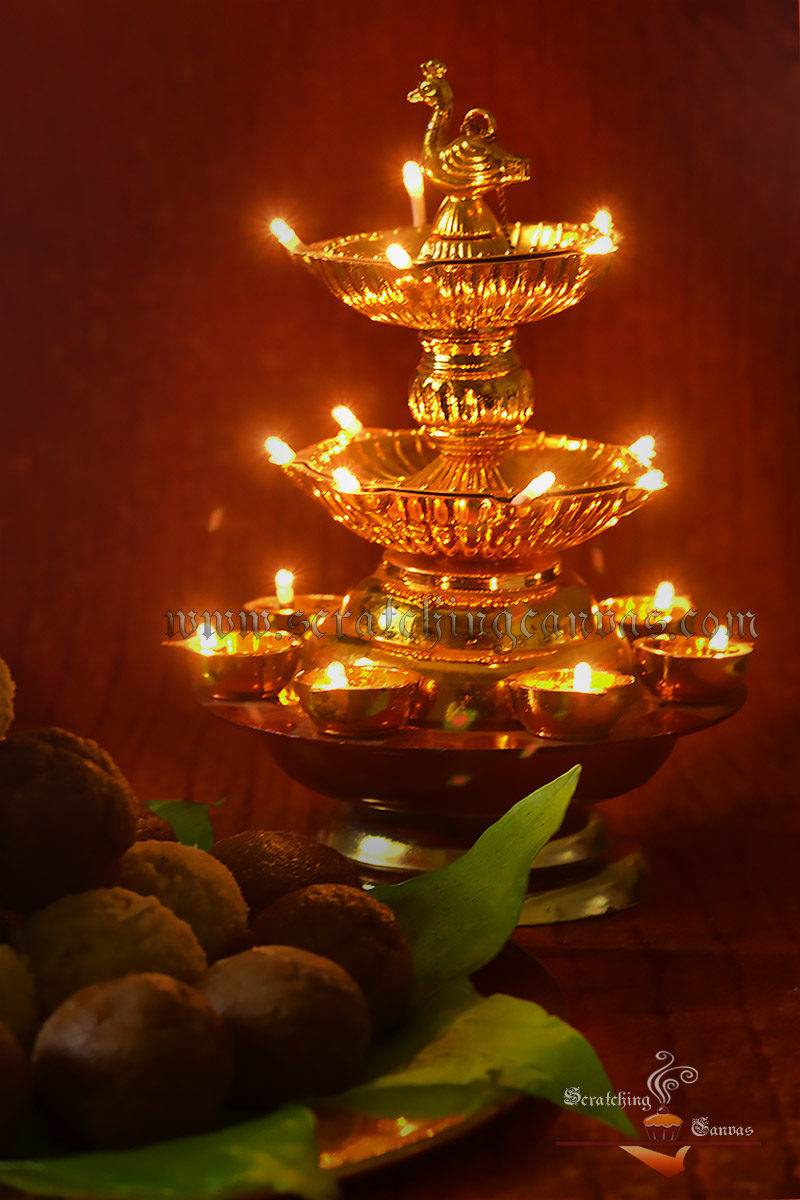
There are three types of narkel narus which are quite regular in any Bengali kitchen, Chinir Naru, Narkel Naru and Gur er Naru. All these three laddus use coconut as core ingredients but cooked with different other ingredients to create variations. Super smooth snow balls look like Chinir Naru is cooked with only coconut and sugar. Rustic off-white coloured Narkel Naru is cooked with coconut, sugar and kheer/mawa/khoya. And smoky sticky Gurer Naru requires nolen gur or date palm jaggery for that dark and gorgeous look.
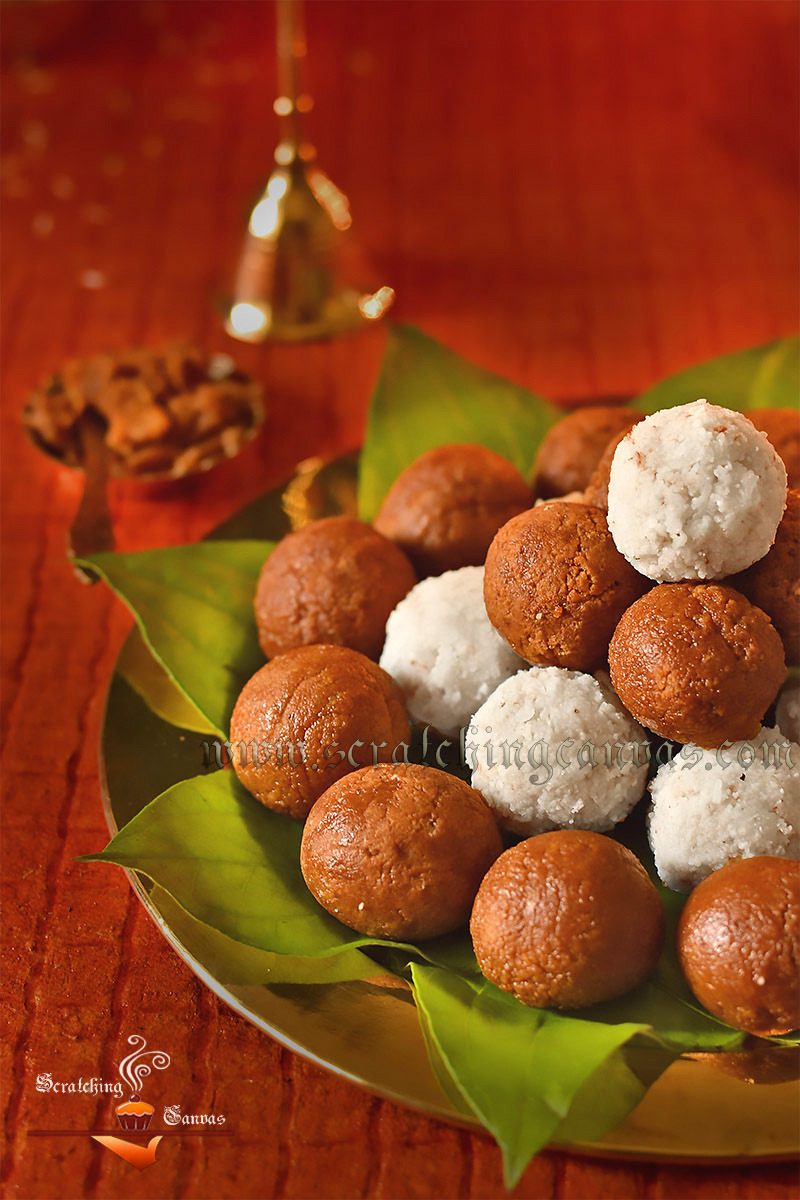
Narkel Naru is such a quick and easy dessert that it has become a staple in many Indian households. Top of all it is a versatile item that it can be used in any form as part of many other desserts too. Like use the mixture as stuffing for Patishapta, Dudh Puli, Gokul Pithe on Poush Sankranti or Gujiya/Karanji on Holi. Or even stuff this in Modaks on Ganesh Chaturthi instead of regular coconut jaggery mixture and enjoy a different taste.
Initially I had saved this particular post for Janmashtami but due to some hazardous (few of which I had shared in my previous post) I failed to publish this on time and left it in draft. Then I realized Ganesh Chaturthi is just 5 days away and this particular coconut laddoo recipe can actually be used as stuffing for modak. So I gathered everything in hurry and now writing the text up in the speed of hurricane!
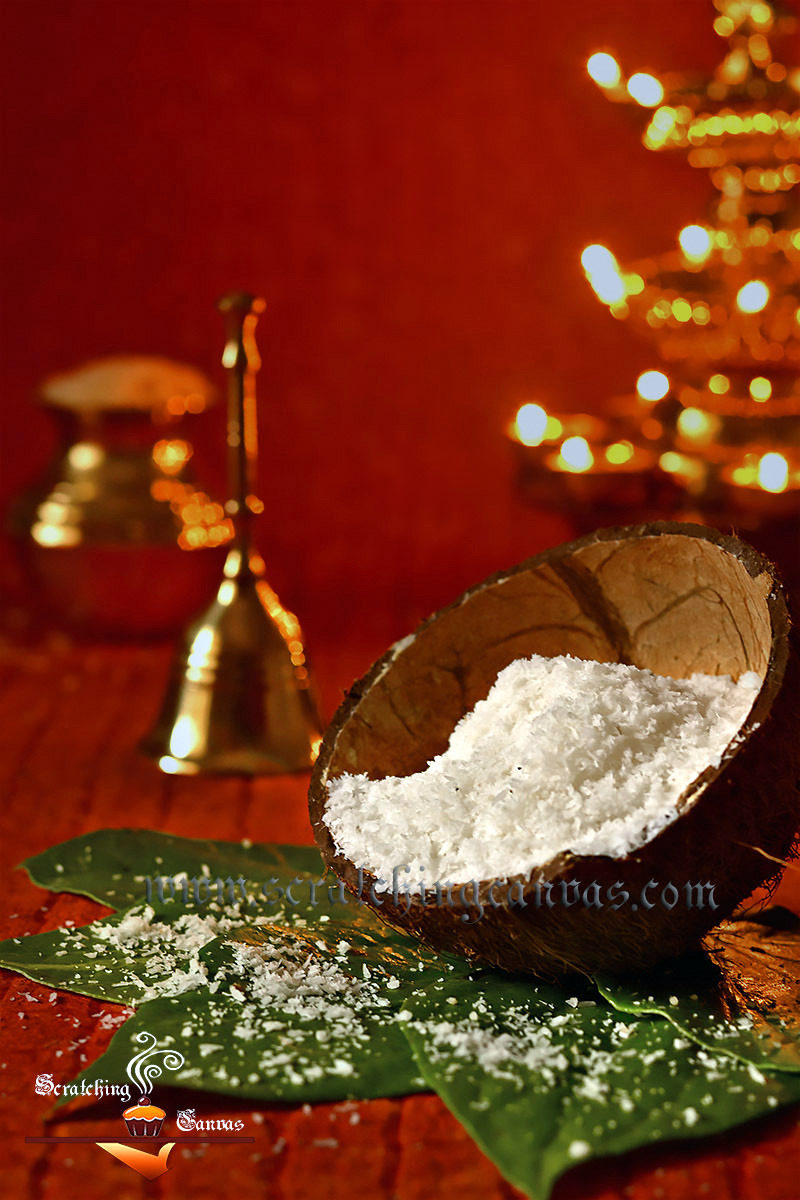
Honestly to tell you the truth I wanted to share these snaps of Narkol Naru with rest of the world and was waiting for Janmashtami eagerly. It is an usual scene when we, food bloggers cook the food, prepare the backdrop, set the props and then wait for the light. But the magic happens only when sun seems to agree with your plan and decides to shine right on the spot! It was that kind of day for me while I was shooting with this Narkol Naru and I had some beautiful shots beyond my expectations within no time. So when I realized I had missed the opportunity to share these beauties I was way too upset to check anything else. If I wasn’t driven to depression I could have shared this recipe earlier. Nevertheless now is the time for me and I’m sharing it anyway!
For all do’s and do-not’s with notes visit my previous post of Gurer Naru.
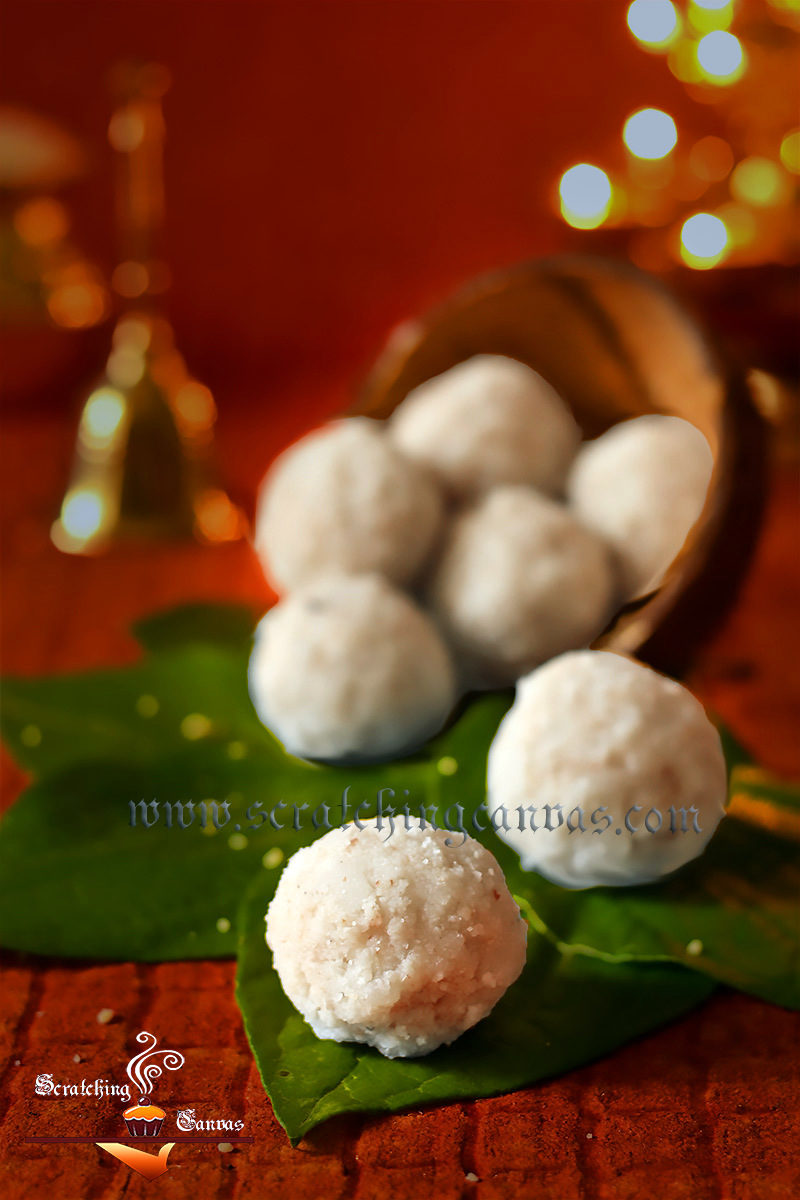
Read the entire recipe and Notes carefully before you start cooking.
Do make sure all ingredients are at room temperature (unless mentioned) and measured correctly in appropriate weighing scale or measuring instruments such as cups or spoons. Remember these are not our regular cups or spoons which we use in our daily life.
You can use either homemade or store bought khoya/mawa for this recipe but remember the khoya/mawa needs to be fresh and moist but definitely not watery or dry.
Variations:
- Use dry fruits of your choice; there are no rules & regulations.
- Create some variations with coconut, moong dal, semolina or may be a combination of them.
- Substitute khoya with condensed milk but adjust the sugar in that case.
- Use cinnamon or nutmeg instead of cardamom.
- Using khoya is optional, you can skip this.
- Use full fat milk powder instead of khoya/mawa.
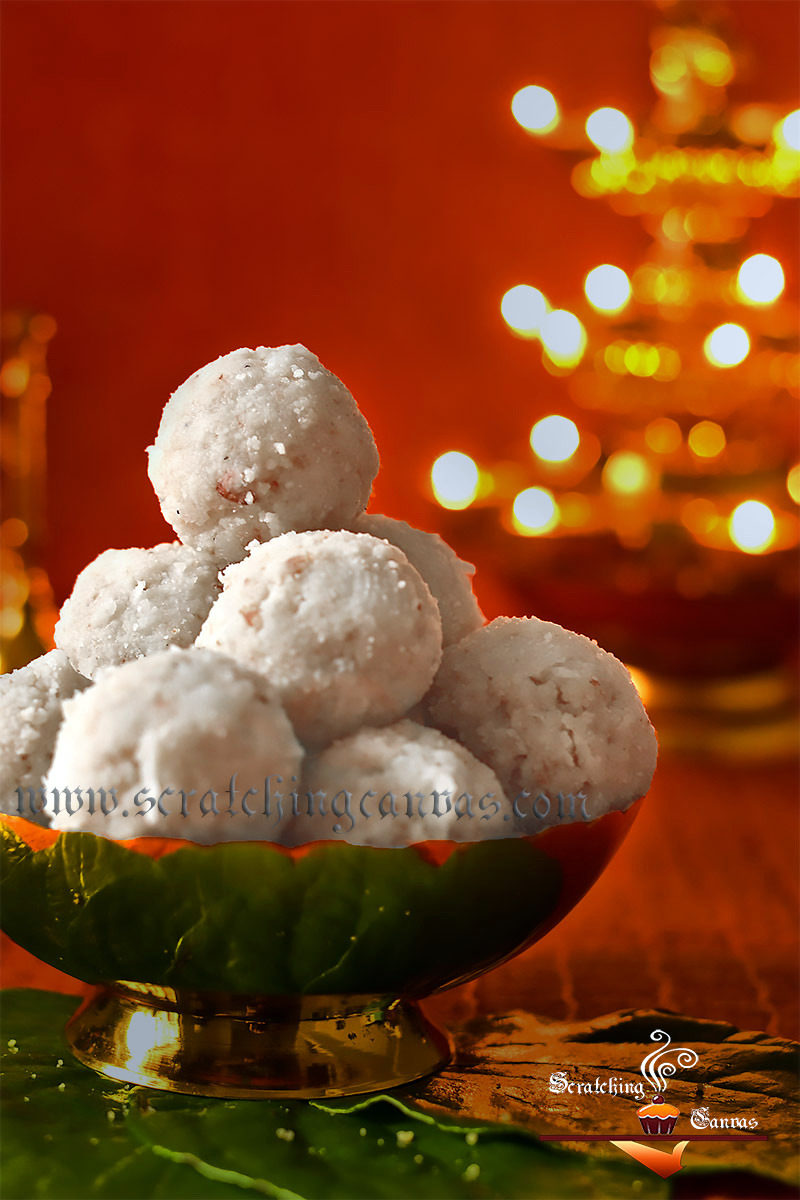
- Desiccated coconut: 2½ cups
- Sugar: 1 cup (See Tips)
- Khoya/mawa: ¼ cup (optional), homemade or store bought
- Green cardamom powder: ½ tsp (or essence: 2 drops)
- Others:
- Ghee (clarified butter): few drops (for greasing)
- Dry roast desiccated coconut in a dry pan on medium low flame for 1-2mins. Stir continuously to avoid burning coconut flakes.
- At this point add ground green cardamom and stir on lowest possible flame.
- Once mixed nicely, add sugar with khoya/mawa and stir to incorporate everything.
- Stir continuously to avoid sticking at the bottom until mixture leaves pan smoothly.
- Remove the pan from flame and bring to room temperature. Don’t forget to cover the mixture with a lid or cling film to avoid direct contact with air. (See Notes)
- Take large amount; say 2 tbsp of mixture in your previously greased palms (with ghee) and roll it between your palms to form a ball.
- Keep it on a greased plate. (See Notes).
- Follow the same with rest of the mixture quickly before it dries up. Serve warm or at room temperature, they are delicious in any ways!
2. Substitute the sugar with equal amount of jaggery or condensed milk or ground sugar substitute. If you’re using sugar substitute then add it towards the end of cooking not at the beginning.
3. Do not forget to grease your palms to avoid sticking.
4. Once the coconut mixture will come in contact of air, moisture will evaporate faster to make turn the mixture dry and hard.
5. Greasing the plate prior making naru will not only help to prevent naru from sticking to the plate but also will help you to clean everything later without creating much mess.
Eat, Love, Enjoy! And Repeat!!!

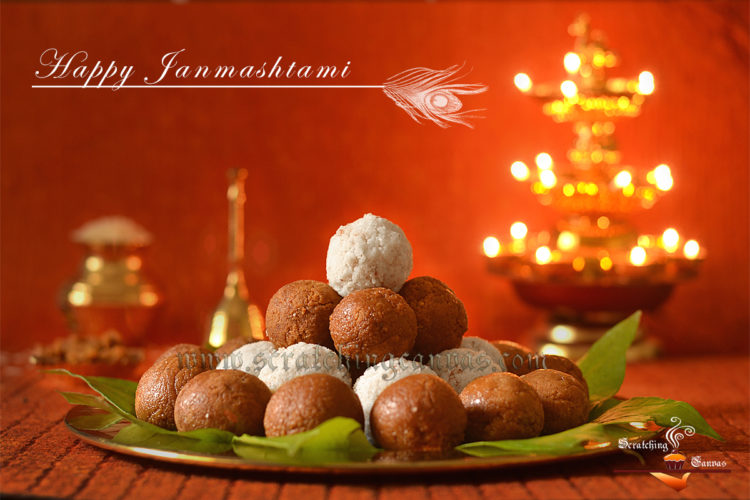
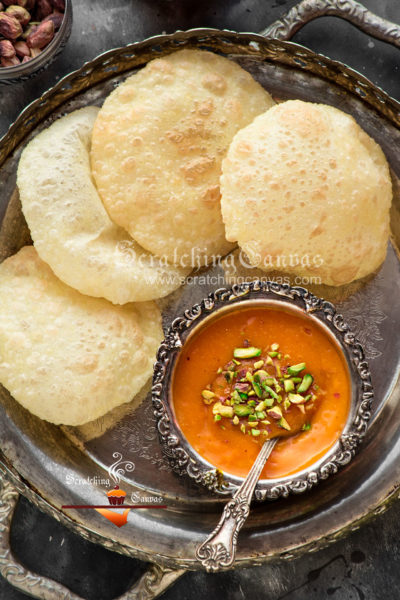
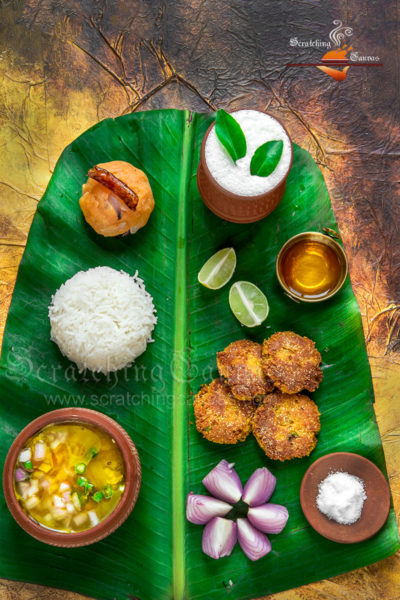
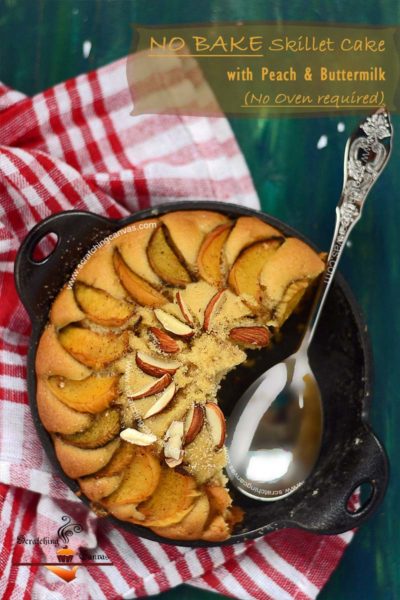
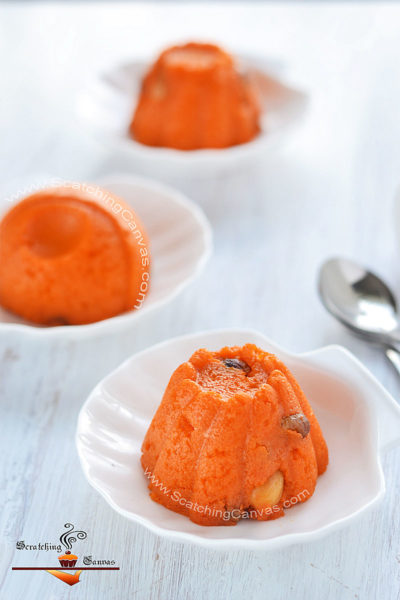
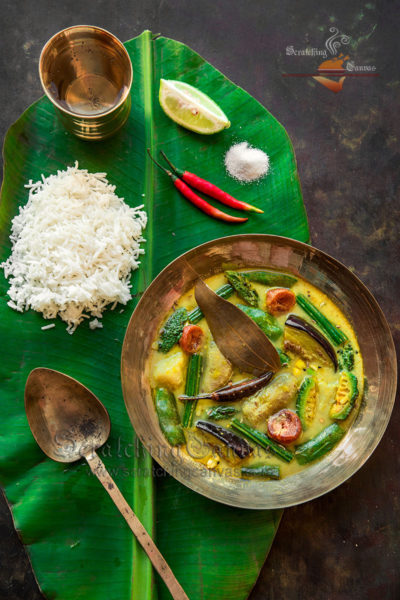
Leave a Reply